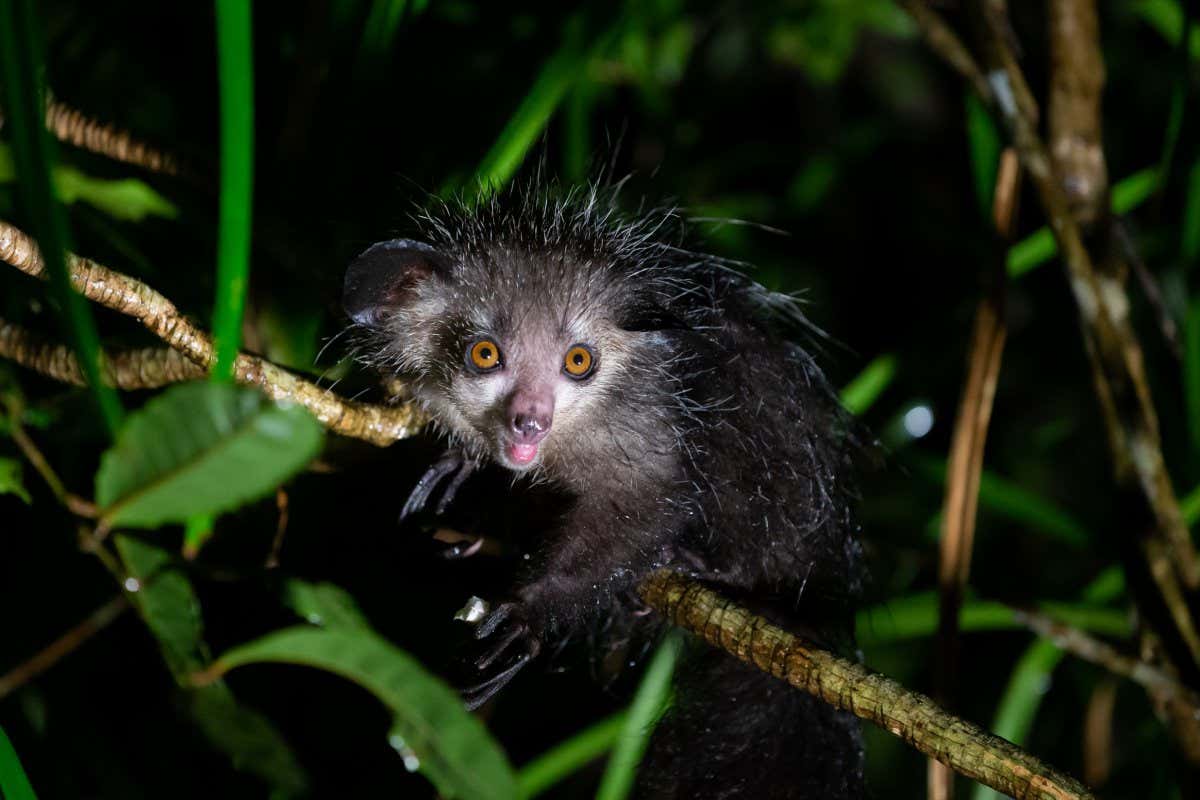Prioritize Saving Aye-Ayes and Possums: A Conservation Plea
The plight of endangered species often dominates conservation headlines, with charismatic megafauna like elephants and tigers rightfully capturing public attention. However, the silent struggle of lesser-known creatures, like the enigmatic aye-aye and the diverse family of possums, demands our immediate attention. These unique animals face critical threats, and their survival hinges on prioritizing their conservation efforts.
The Enigmatic Aye-Aye: A Lemur in Peril
The aye-aye (Daubentonia madagascariensis), a nocturnal lemur endemic to Madagascar, is a truly unique creature. Its large ears, perpetually gnawing incisors, and elongated, skeletal middle finger used for extracting insects from wood make it instantly recognizable. Unfortunately, this distinctive appearance has also contributed to its precarious position.
- Habitat Loss: Deforestation driven by agricultural expansion and illegal logging is the primary threat to aye-ayes. Their specialized habitat is rapidly disappearing, leaving them with shrinking territories and limited resources.
- Superstitious Beliefs: Sadly, aye-ayes are often viewed with superstition and fear in some Malagasy communities. These unfounded beliefs lead to their persecution and killing.
- Lack of Awareness: The relatively low profile of the aye-aye compared to other endangered species results in a lack of public awareness and limited conservation funding.
What can be done? Increased awareness campaigns, community education programs to dispel superstitious beliefs, and sustainable forestry practices are crucial for the aye-aye's survival. Supporting organizations dedicated to aye-aye conservation, like the , is a direct way to contribute to their protection.
Possums: A Diverse Family Facing Multiple Threats
Possums, found across the Americas and Australia, represent a diverse group of marsupials, each with its unique challenges. While not all possum species are endangered, many face significant threats.
- Habitat Fragmentation: Urban sprawl and agricultural development are fragmenting possum habitats, isolating populations and reducing genetic diversity.
- Roadkill: Many possums are killed by vehicles, particularly in areas with high traffic volume and fragmented habitats.
- Predation: Introduced predators, such as feral cats and dogs, pose a significant threat to possum populations in many regions.
- Disease: Several possum species are susceptible to diseases, including chlamydia and toxoplasmosis.
What can be done? Creating wildlife corridors to connect fragmented habitats, implementing road mitigation measures (like wildlife crossings), and controlling invasive predators are essential steps. Supporting research into possum diseases and developing effective treatment strategies is also critical. Furthermore, responsible pet ownership plays a role in reducing predation from domestic animals.
The Urgent Need for Prioritized Conservation
Both aye-ayes and possums highlight the importance of focusing conservation efforts on a wider range of species, beyond the most well-known. Their unique adaptations and ecological roles make them invaluable components of their respective ecosystems. Neglecting their conservation needs will have cascading effects on biodiversity and ecosystem health. We must prioritize their survival by:
- Increasing funding for research and conservation programs.
- Educating the public about the importance of these species.
- Implementing effective habitat protection and restoration strategies.
- Addressing threats such as habitat loss, poaching, and disease.
The future of the aye-aye and diverse possum species depends on our collective action. Let's not let these remarkable animals fade into obscurity. Their survival is our responsibility. Learn more and get involved today! Find conservation organizations working to protect these amazing creatures in your region.

